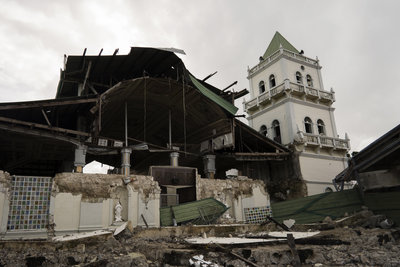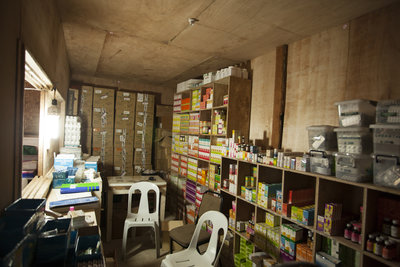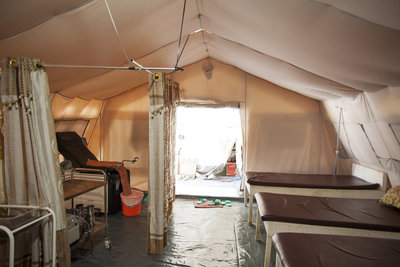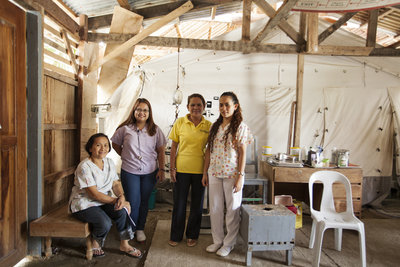On this day last year, 15 October 2013, a powerful earthquake measuring 7.2 on the Richter Scale shook the Philippines. The epicentre was located in the island province of Bohol in Central Visayas but was felt as far as Southern Mindanao. Less than a month later, Typhoon Haiyan (known locally as Yolanda) swept through central Visayas. Although it did not cause significant damage on the island of Bohol, it had a strong impact on the emergency response. Many government and international humanitarian resources were moved from Bohol to address the health needs caused by Haiyan which in turn delayed the speed of the recovery in Bohol.
The earthquake affected over 1.2 million people, 222 people died (195 in Bohol), 976 were injured and eight people missing. Over 79,000 structures including homes, roads, churches, schools and public buildings were damaged, of which 14,500 were totally destroyed, resulting in over 340,000 displaced people.

The health sector suffered a major blow. The earthquake left at least 25 totally and 111 partially destroyed health facilities. This resulted in major disruptions in the delivery of health services, provision of essential medicines and the destruction of the cold chain system which is essential in the transport and storage of vaccines.

The immediate health priority was to restore services for the affected communities. As co-leads for the health cluster, the Philippine Department of Health and WHO Philippines coordinated the response of international and national organizations who came to the aid of those in need.
Using money provided by the UN Central Emergency Response Fund (CERF), WHO deployed staff and resources to assess the damage on the health system, and to determine the nature and level of assistance needed. WHO provided equipment, manpower, training, supplies, and medicines, as well as much needed all weather tents to serve as temporary patient consultation areas and birthing centers. Setting up birthing centers was an urgent need as close to 8,000 births were expected throughout the province in the several weeks following the earthquake.


Infrastructure that was not completely destroyed could be repaired by WHO and other partners through minor repairs such as replacing missing doors and windows, or repairing damaged roofs. The temporary health facilities set up by WHO included 25 tents for use as community (“barangay”) health stations, and 14 tents for use as rural health units. These tents had sealed-in walls and flooring, thereby making them weather-proof, especially when protected with a secondary roof covering.


Today, some health facilities continue to be housed in the WHO tents and where health facilities have been repaired or rebuilt, some of the WHO tents continue to be utilized for auxiliary purposes such as for birthing or as meeting rooms.

The work in Bohol continues. A year has passed but the earthquake-stricken province is still recovering. WHO remains in the region working alongside DOH to try and restore health services to those communities most affected, and training local staff to ensure the best possible preparedness in case of future emergencies.
